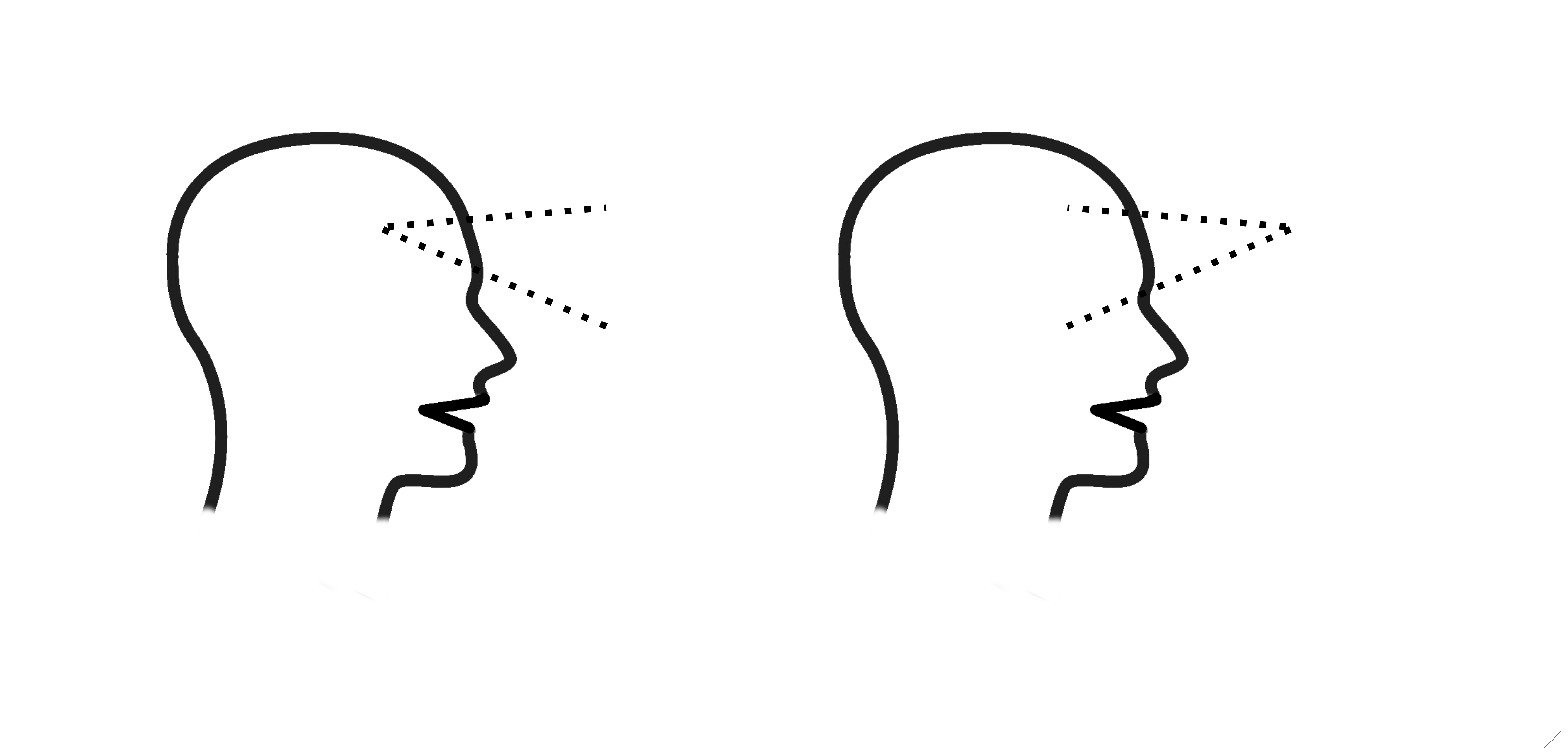Convergent and Divergent thinking

Following on from yesterday and its discussion of creative thinking, today focuses on one element of creative thinking, that being divergent thinking, which warrants a day on its own.
What is divergent thinking?
Convergent thinking tends to close down, focus on problems, go deeper, use logic etc. Divergent thinking tends to broaden out, be open to connections, think more broadly, use imagination.
The Miriam-Webster dictionary (n.d.) defines divergent thinking as thinking "that may follow many lines of thought and tends to generate new and original solutions to problems" and convergent thinking as "thinking that weighs alternatives within an existing construct or model in solving a problem or answering a question to find one best solution".
Lewis and Lovatt (2013) describe divergent thinking as a way of thinking about tasks that have more than one possible solution with Campion and Levita (2014) adding that it that allows linkages between unconnected items.
Boon et al. (2014) point out that divergent thinking leads to greater creativity whereas convergent thinking leads to improved goal attainment and increased satisfaction. Khoo et al. (2019) elaborate further on the idea of convergence and divergence and identify where each of these are useful. Convergence is necessary for creating operational continuity and the co-production of knowledge. It is also needed to establish common values and bridging concepts (boundary objects). On the other hand divergence is needed in the areas of diversity, dialogue, problem definition, goals, values and the way we view knowledge because it adds different perspectives to the issue being considered.
Example
For example if I were to ask you
'What is 2+2?'
you might immediately think '4' and would tend to stop thinking about the question.
This is an example of convergent thinking.
If you want to think divergently about the question then you might ask yourself the question
'What else could it be?'
and might come up with:
'3+1'
'5-1'
'two pairs of shoes'
'two swans (think about the shape of a swan)
etc.
There are many other techniques that you can use to think more divergently but this technique is one of the simplest.
Practice
For the rest of today try noticing your thinking and when it is convergent and when it is divergent
If you want to change your thinking from convergent to divergent ask yourself 'What else could it be'
